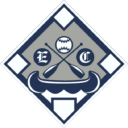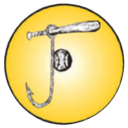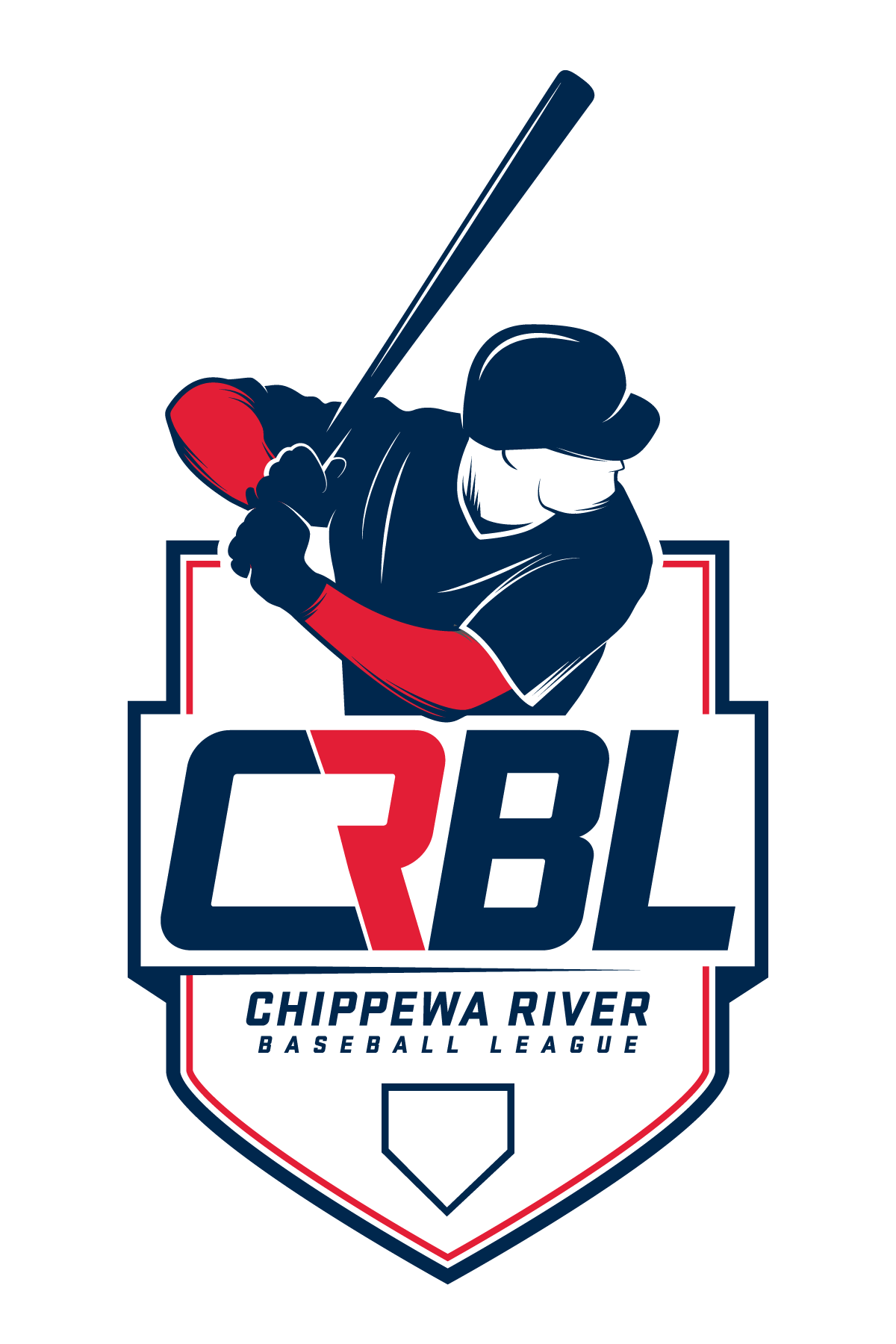Class of 2011
Catcher, Outfielder, 2nd Baseman
Jim Falls Sturgeons 1981-96
A versatile run-producing utility man, Paul McIlquham used a strong right-handed stroke to pound his way through 16 productive seasons of competition in the Chippewa River Baseball League.
In molding a balanced offensive and defensive career, McIlquham was named ALL-CRBL twice at 2nd base (1985, 1992) and three times as a catcher (1987, 1988, 1989). In 1990, he was recognized as a catcher again, this time as an honorable mention pick. In all-star game play, he appeared in eight contests through three different positions – 2nd base, catcher, and outfield.
In 12 of McIlquham’s 16 seasons he hit over .300 with his career high coming in 1988 when he stung the ball to the tune of .533 (24 for 45). His 24 hits that year matched a career high, while his 6 doubles, 26 RBI’s, and 19 walks were also career peaks while batting for the high scoring, 14 and 2 Sturgeons.
The diversity of Paul’s offensive skills is evident in both his career and yearly outputs. In five seasons, he notched 20 or more hits. He drove in 20 or more runs in four seasons, doing so consecutively from 1988 to 1991. Five seasons saw him hit 4 or more home runs, with his 1987 total of 7 dingers being a personal best. His league leading 13 stolen bases in 1983 was the best of nine years in which he swiped 5 or more bags. Showing a discerning eye at the plate, McIlquham gathered 10 or more walks in a season 13 times, doing so nine seasons in a row (1988 to 1996) after pacing the league with 15 free passes in 1985. Paul also led the “River League” in runs scored in 1985 with 24. His other league leading mark came in 1983 when he tied for the CRBL lead in at-bats with 72.
McIlquham’s potent contributions were a major factor in Jim Falls’ emergence as an offensively explosive and tough league foe during the 1980’s and early 1990’s. This was evident in the Big Fish claiming a North Division crown in 1989, qualifying for the WBA eight times (1983, 1986-1992), and surviving to a Final 8 in 1991.
Upon becoming a CRBL Hall of Famer, Paul is tied for 7th all-time in stolen bases, 8th in homeruns, 9th in RBI’s, 15th in runs scored, and 10th in slugging percentage.













